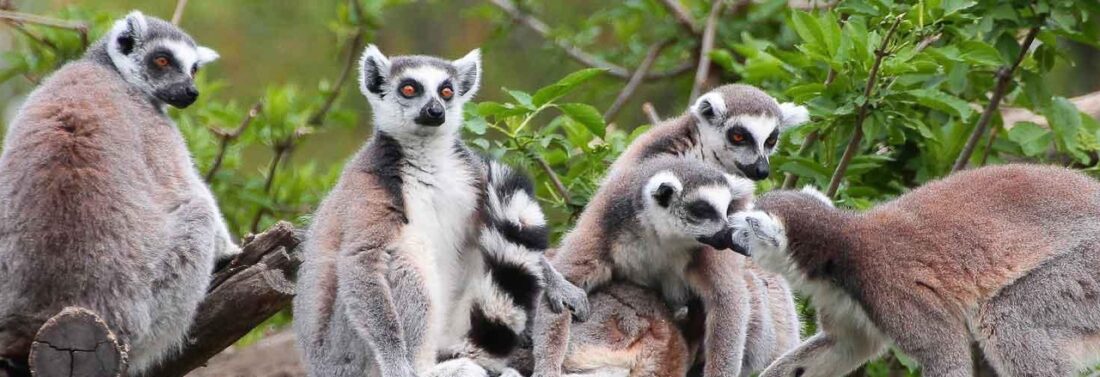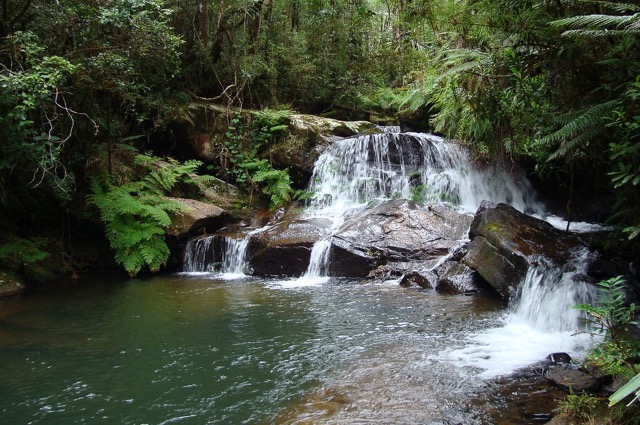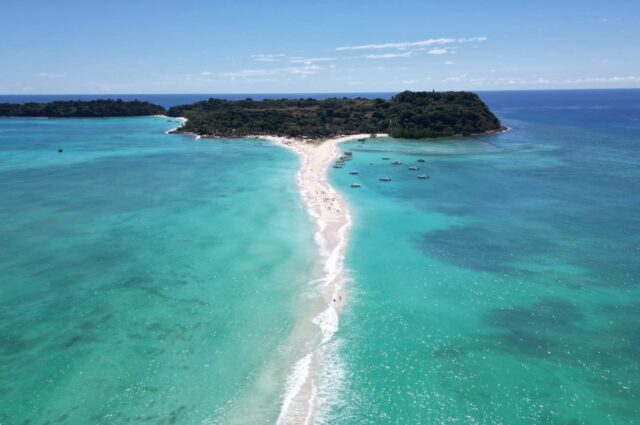Madagascar: The Land of Beauty and Biodiversity
Madagascar, the fourth largest island in the world, is a land of unparalleled natural beauty and biodiversity. Within its borders, travellers can discover a world of wonders, from towering limestone pinnacles to dense rainforests teeming with wildlife. Three destinations, in particular, stand out as must-visit attractions for nature enthusiasts. Tsingy de Bemaraha National Park, Andasibe-Mantadia National Park, and the island paradise of Nosy Be.
Tsingy de Bemaraha National Park
Nestled in the heart of Madagascar, an island renowned for its unique biodiversity, lies the mesmerising Tsingy de Bemaraha National Park. This geological marvel, recognized as a UNESCO World Heritage Site since 1990, boasts an otherworldly landscape carved over millions of years by the forces of nature. This park offers a captivating journey into one of Earth’s most fascinating ecosystems.
The name “Tsingy” translates to “where one cannot walk barefoot” in Malagasy, perfectly encapsulating the rugged and jagged terrain that defines this park. The Tsingy de Bemaraha is a labyrinth of limestone formations, resembling a forest of stone needles jutting into the sky. These towering spires, reaching heights of over 70 metres, are the result of the erosion of limestone deposits over millions of years.
While the Tsingy’s geological formations are undoubtedly its main draw, its biodiversity is equally captivating. Dense forests thrive in the crevices between the limestone towers, providing habitat for a host of endemic species found nowhere else on Earth.
One of the park’s most iconic inhabitants is the critically endangered lemur species. These elusive creatures can be spotted leaping among the treetops or clinging to the vertical cliffs.
Exploring Tsingy de Bemaraha is an adventure unlike any other. Visitors can embark on guided hikes through the labyrinthine network of trails, navigating narrow passages and crossing swaying rope bridges suspended high above the forest floor. Along the way, experienced guides provide insight into the park’s geology, flora, and fauna, enhancing the overall experience.
While Tsingy de Bemaraha National Park is undoubtedly a natural wonder, it has its challenges.
Like many protected areas worldwide, the park faces threats from deforestation, habitat destruction, and illegal logging.
Efforts to conserve Tsingy de Bemaraha are ongoing, with organisations working to promote ecotourism as a means of preserving the park’s natural heritage.
Andasibe-Mantadia National Park
Encompassing a vast expanse of pristine wilderness, Andasibe-Mantadia National Park offers visitors the opportunity to immerse themselves in the sights and sounds of one of the world’s most diverse ecosystems.
One of the park’s main attractions is its population of lemurs. Andasibe-Mantadia is home to several lemur species, including the indri, the largest of all lemurs, known for its haunting cries that reverberate through the forest. Visitors may also encounter the diademed sifaka. It has distinctive markings and acrobatically leaps through the trees.
Visitors can choose from a variety of guided hikes and nature walks, led by knowledgeable local guides who offer insight into the park’s ecology and wildlife. The trails wind through diverse habitats, from dense rainforest to bamboo groves and open grasslands, providing ample opportunities for wildlife sightings and photography.
One of the highlights of any visit to Andasibe-Mantadia is the chance to encounter the indri. These enigmatic creatures are known for their distinctive calls, which echo through the forest in the early morning hours. Watching a family of indri leap through the trees is an unforgettable experience for visitors.
Despite its protected status, Andasibe-Mantadia National Park faces numerous threats, including deforestation, habitat fragmentation, and illegal logging. Conservation efforts are underway to address these challenges and ensure the long-term survival of the park’s unique biodiversity. Local communities play a crucial role in these efforts, with initiatives focused on sustainable livelihoods, environmental education, and ecotourism development.
Nosy Be
Nestled off the northwest coast of Madagascar lies an island paradise renowned for its pristine beaches, vibrant coral reefs, and lush tropical landscapes: Nosy Be. It’s often referred to as the “Perfume Island” due to the fragrant ylang-ylang trees that dot its countryside. From sun-drenched shores to underwater wonderlands, this enchanting destination offers something for every type of traveller.
With its crystal-clear waters and powdery white sands, Nosy Be boasts some of the most beautiful beaches in Madagascar. Popular beaches such as Andilana, Ambatoloaka, and Madirokely offer a range of amenities. Some examples include beachfront resorts, restaurants, and water sports facilities.
Below the surface, Nosy Be reveals a mesmerising underwater world teeming with marine life and vibrant coral reefs. Diving and snorkelling enthusiasts flock to the island to explore its pristine dive sites, where they can encounter a kaleidoscope of tropical fish, sea turtles, and even whale sharks during the right season. The island’s warm waters and excellent visibility make it an ideal destination for both beginners and experienced divers alike, with dive centres offering courses, guided excursions, and equipment rental services.
Beyond its beaches and dive sites, Nosy Be offers opportunities for exploration and adventure. Nature lovers can venture into the island’s interior to discover rainforests, waterfalls, and exotic wildlife. Hiking, birdwatching, and wildlife spotting are popular activities for those eager to experience Nosy Be’s natural wonders up close.
Responsible tourism initiatives focus on conserving marine biodiversity, protecting natural habitats, and empowering residents through education, training, and economic opportunities.
Where to Stay




Sorry, the comment form is closed at this time.